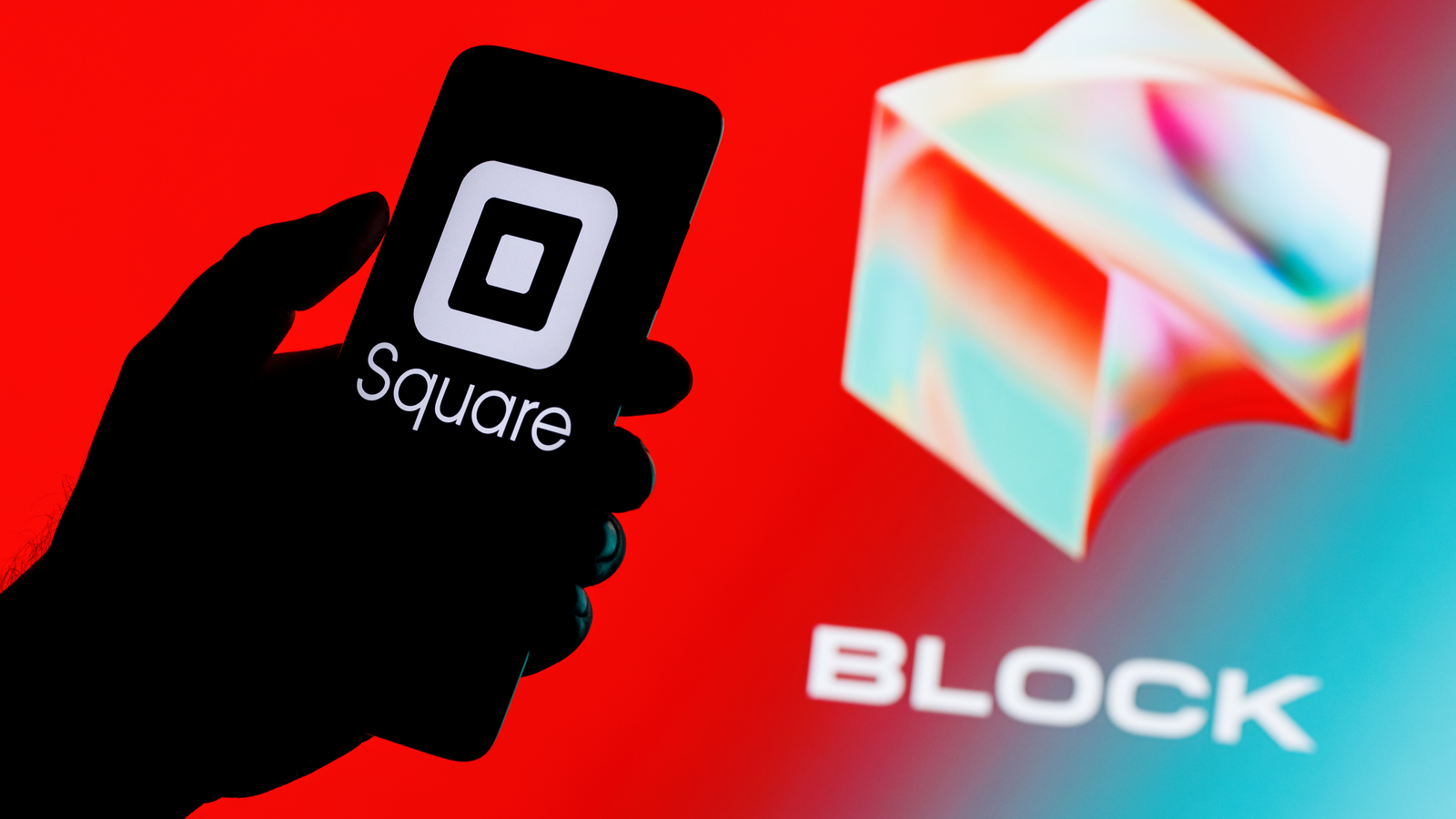Block, Inc. (NYSE:SQ), which used to be called Square, has now closed the acquisition of AfterPay, the Buy Now Pay Later (BNPL) Australian company. The bottom line is that there are better places to put your money than in SQ stock.

This all-share deal has led to significant stock dilution. Meanwhile, investors can expect losses from the company as it tries to integrate the Afterpay acquisition. As a result, don’t expect SQ stock to rise significantly anytime soon.
Block, now at $106.64 per share as of March 11, is now down 34% from the end of last year when it was at $161.51. Moreover, from its recent peak of $266.72 on Sept. 23, SQ stock has depreciated dramatically. It is down 60% from this peak price about six months ago.
There seems little hope that the company will post significant positive profits anytime soon. This became clear from its latest financial report.
Where Things Stand With Block Inc
On Feb. 24, Block released the four-quarter shareholder letter (it does not have a press release) regarding the quarterly financials and full-year 2021 results. The bottom line is that it lost $76.8 million in the quarter although it ended the year with positive net income of $166.28 million.
The Q4 net loss included a loss of $6 million driven by an adjustment in its equity investments. However, more importantly, the company made a positive free cash flow (FCF) of $138.76 million. This can be seen comparing the Q4 Cash Flow Statement (on page 30 of the Q4 shareholder letter) with the Q3 Cash Statement (page 23).
That is significantly lower than the amount of FCF it made prior to this in 2021. Moreover, it represents a low FCF margin of just 3.4% of its $4.078 billion in sales for the quarter.
But even more to the point, the company forecast that its expenses would rise in Q1 now that AfterPay was closed on Jan. 31.
In addition, the AfterPay deal involved the issuance of 114 million shares of its Class A shares based on a valuation of $13.9 billion on Jan. 31. As there are 464.94 million shares outstanding at the end of the quarter, the dilution amounts to about 20% (actually 19.69% post-close).
In other words, the company’s earnings will have to be 20% higher just to overcome the dilution. This is despite the higher expenses it is taking on from AfterPay (along with higher revenue).
As a result, don’t expect too much from the company going forward – at least until it fully absorbs the company and makes it profitable.
What to Do With SQ Stock
Analysts still expect higher revenue this year from Block. For example, 34 analysts surveyed by Refinitiv (published by Yahoo! Finance) have an average revenue estimate of $18.9 billion. That is 7.0% higher than the $17.661 billion Block made in 2021.
However, given that SQ stock still has a high market capitalization of $62.53 billion, its price-t0-sales (P/S) multiple is still 3.3 times forecast sales for 2022. That is slightly lower than the P/S multiple at PayPal (NASDAQ:PYPL) at 3.9x, according to Seeking Alpha.
Moreover, analysts still have higher price targets for Block. TipRanks indicates that 29 analysts have an average price target of $187.54 per share. That represents a potential upside of 77% for SQ stock.
The same is true at Refinitiv. The Yahoo! Finance site which publishes the Refinitiv analyst price target data shows that the average price target of 39 analysts is $187.60. This is about 76% upside.
However, I am skeptical. How will far will these analysts lower their price targets once they see the losses and dilution that Block is absorbing from Afterpay? Or will they simply ignore this?
Most value investors will wait and see if the acquisition is actually going to work. There are better places to put your money for the time being.
On the date of publication, Mark Hake did not hold (either directly or indirectly) any positions in the securities mentioned in this article. The opinions expressed in this article are those of the writer, subject to the InvestorPlace.com Publishing Guidelines.
